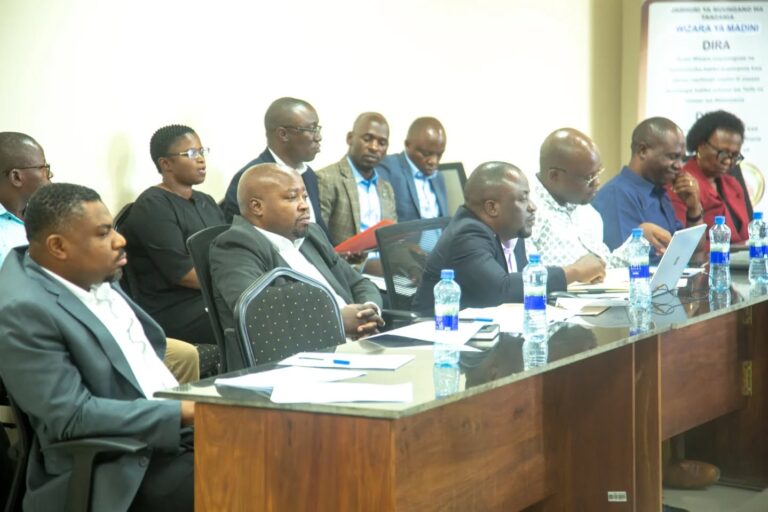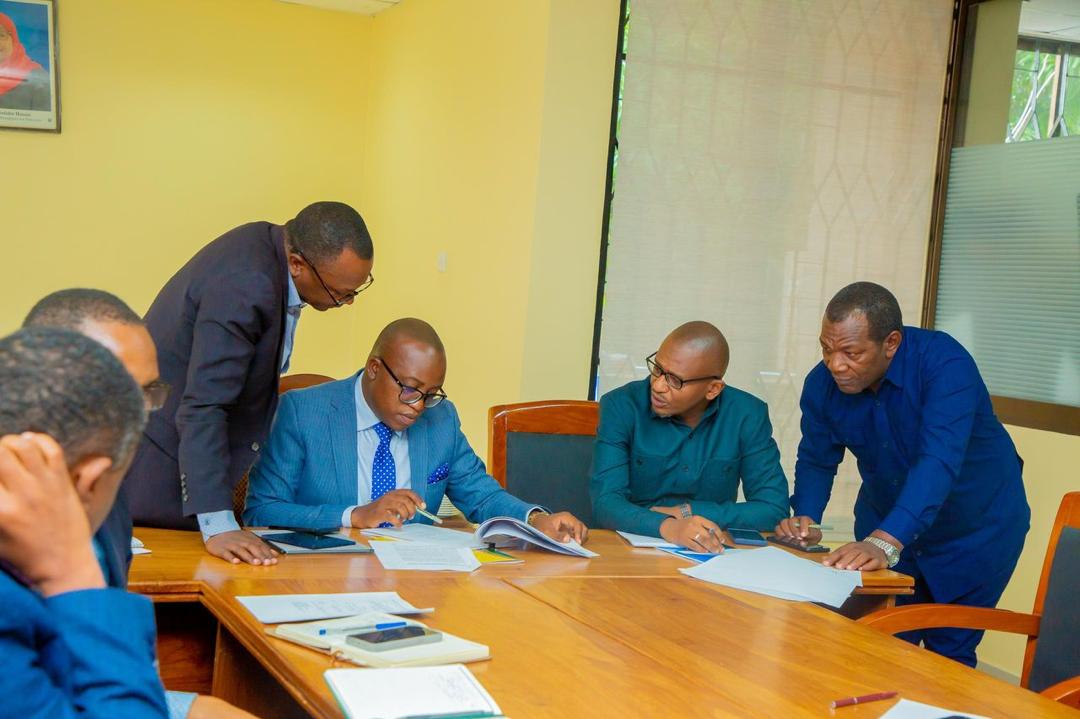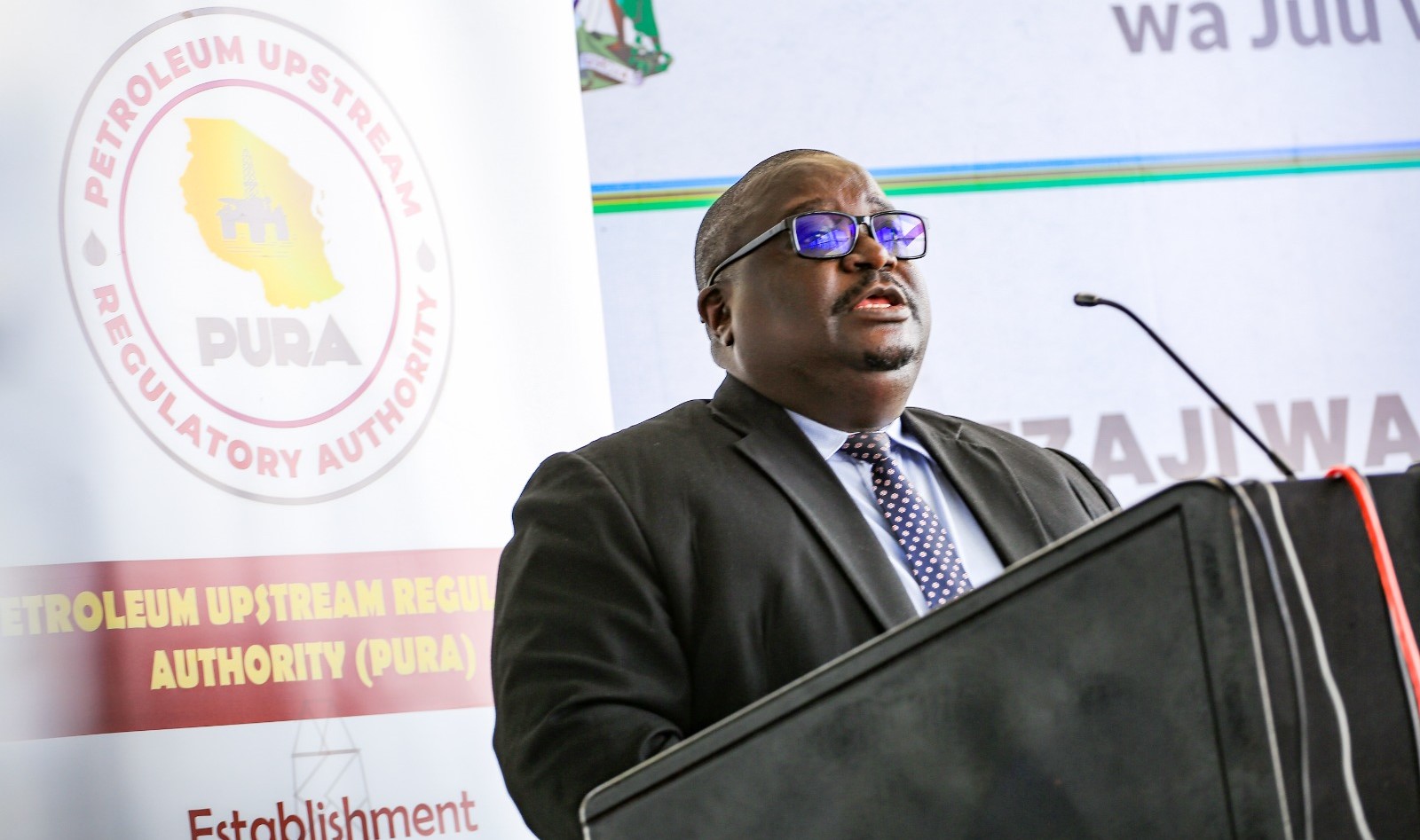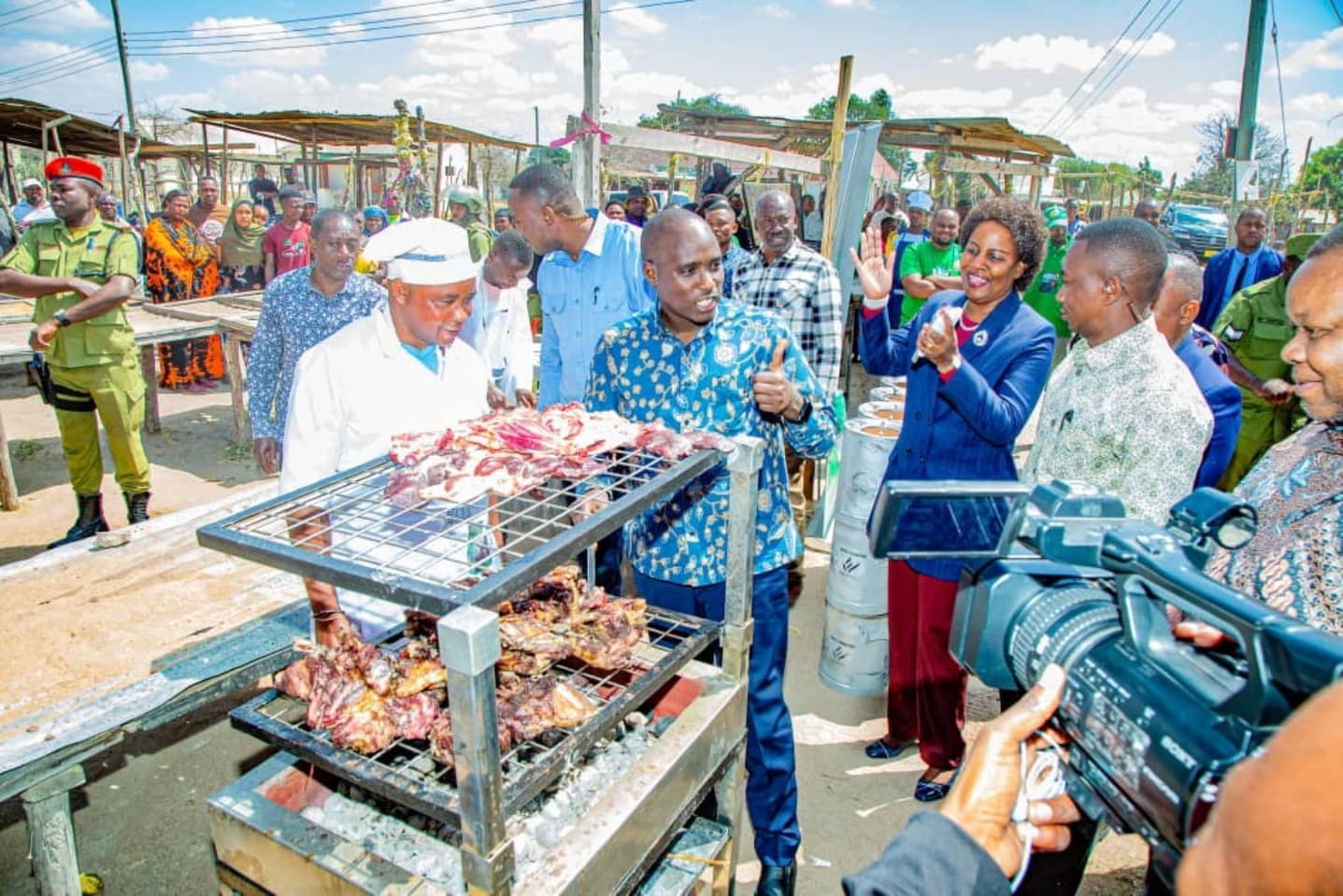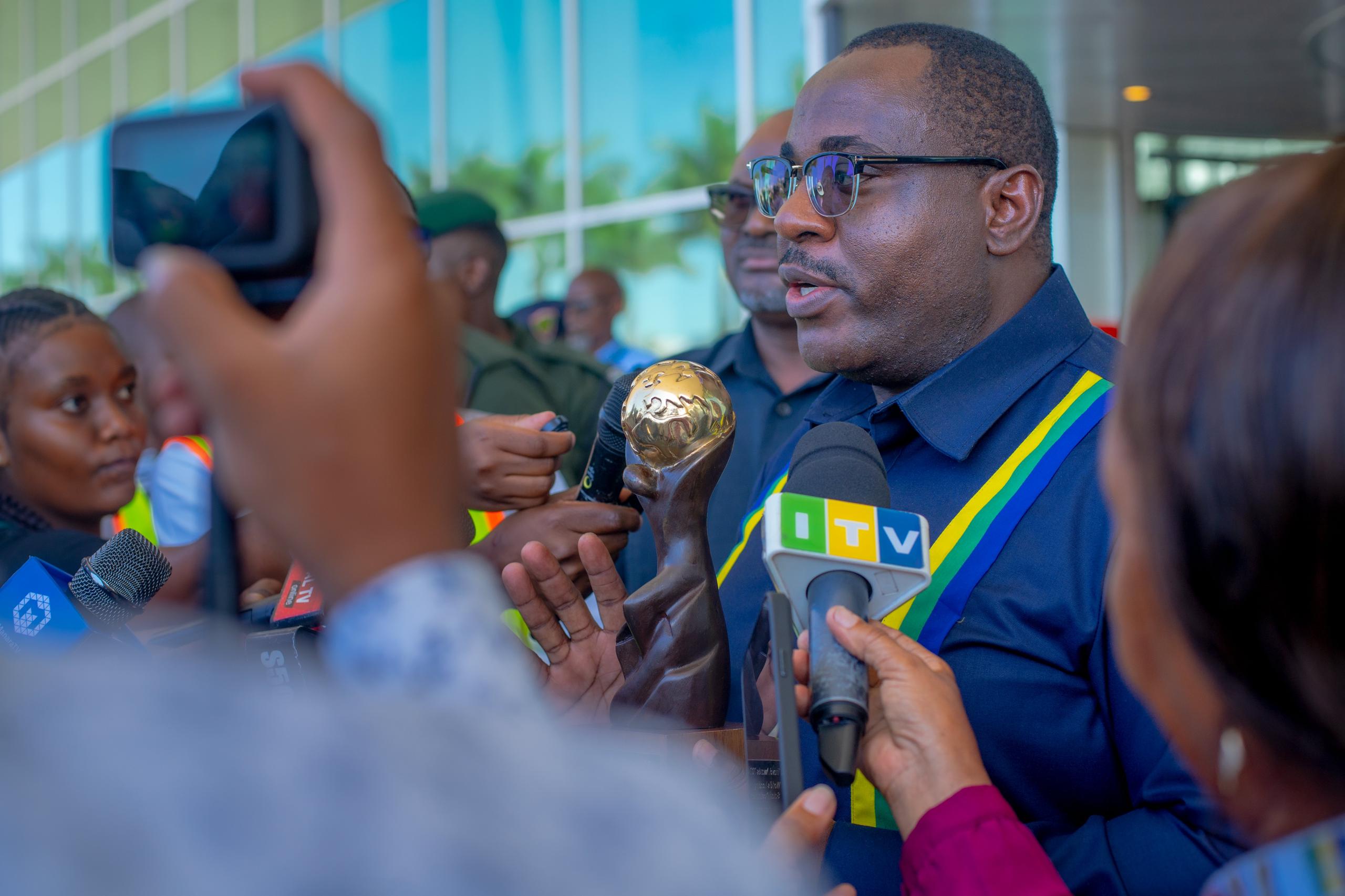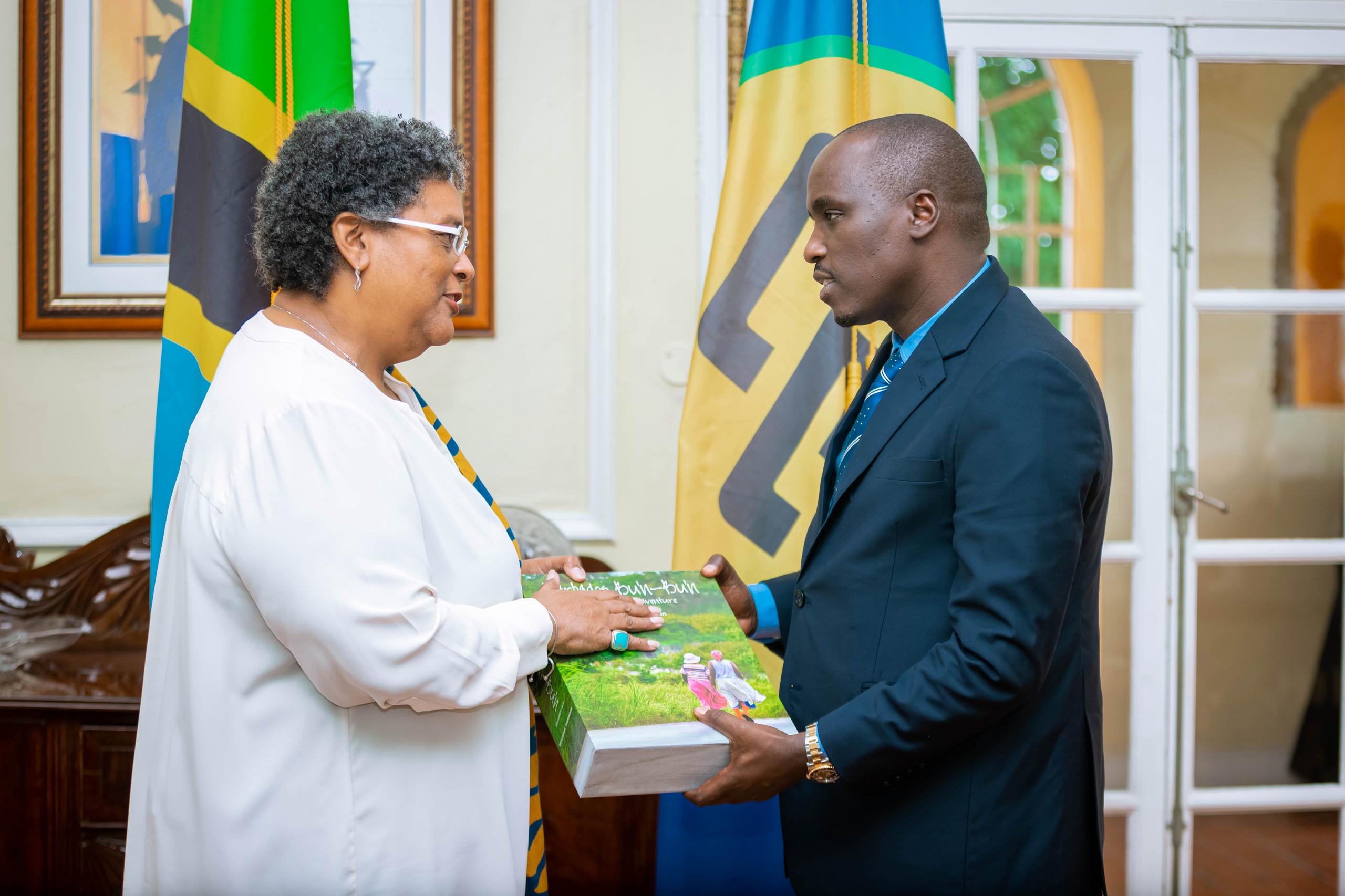Dodoma. Institutions under the Ministry of Minerals have reported notable progress in implementing their mandates during the first quarter of the 2025/26 financial year, with improved revenue collection, investment in research, and advances in mineral value addition.
During a management meeting held on October 27, 2025, the ministry’s top officials received performance and monitoring reports from its key agencies, including the Geological Survey of Tanzania (GST), the State Mining Corporation (STAMICO), the Mining Commission, the Tanzania Extractive Industries Transparency Initiative (TEITI), and the Tanzania Gemological Centre (TGC) based in Arusha.
According to the report submitted by the Mining Commission, the institution collected Sh315.4 billion between July and September 2025, surpassing its target of Sh299.98 billion.
This represents 105.14 percent performance in revenue mobilisation for the quarter.
For the 2025/26 financial year, the ministry has been tasked with collecting Sh1.4 trillion.
Officials attributed the impressive performance to enhanced compliance by mining operators, improved licensing procedures, and intensified monitoring of production and exports.
The Commission further noted ongoing efforts to strengthen digital systems for mineral data management and licensing to enhance transparency and efficiency in the sector.
In a related development, STAMICO reported progress in its diversification strategy aimed at expanding value addition and energy generation projects.
The corporation is finalising the installation of new briquette production plants in Dodoma and Tabora.
These facilities will produce rafiki briquettes, an eco-friendly coal-based energy source.
Similar plants are already operational in Dar es Salaam’s Kisarawe area, in Pwani Region, and at Kiwira in Songwe Region.
Stamico further reiterated its commitment to developing and commercialising its portfolio of strategic mineral licences across different parts of the country.
The move is part of the state-owned enterprise’s broader plan to enter into large-scale mining investments and enhance local participation in the mineral economy.
The report also highlighted the performance of Mwanza Precious Metals Refinery, which operates in partnership with STAMICO.
During the first quarter, the refinery purified a total of 2,356.413 kilogrammes of gold for the Bank of Tanzania (BoT).
Since the refinery’s establishment, BoT has purchased a cumulative 12 tonnes of refined gold for its reserves—marking a key milestone in Tanzania’s efforts to retain more value from its mineral resources.
Meanwhile, the Geological Survey of Tanzania (GST) confirmed that procurement procedures for a new exploration helicopter are underway.
Once acquired, the aircraft will strengthen aerial geophysical surveys, mineral mapping, and data collection across the country.
This investment aligns with the government’s goal of increasing geological knowledge to attract exploration and investment.
The Tanzania Gemological Centre (TGC), for its part, announced the establishment of a gemstone jewellery outlet at the Arusha International Conference Centre (AICC).
The new outlet will provide a platform for artisans and small-scale jewellers to showcase and sell locally crafted products to domestic and international visitors.
In its report, TEITI reaffirmed its continued efforts to promote transparency and accountability in the management of mineral, oil, and gas revenues.
The initiative continues to strengthen collaboration between the government, extractive companies, and civil society to ensure that the country’s natural resources benefit all citizens.
The Ministry of Minerals hailed the institutions’ collective performance during the quarter, noting that the results reflect improved coordination, resource mobilisation, and commitment to advancing the government’s mineral development agenda.
Officials underscored that the ministry will continue to monitor progress across its agencies to ensure that targets for the 2025/26 fiscal year are met and that the mining sector remains a key driver of Tanzania’s economic growth and industrial transformation.

